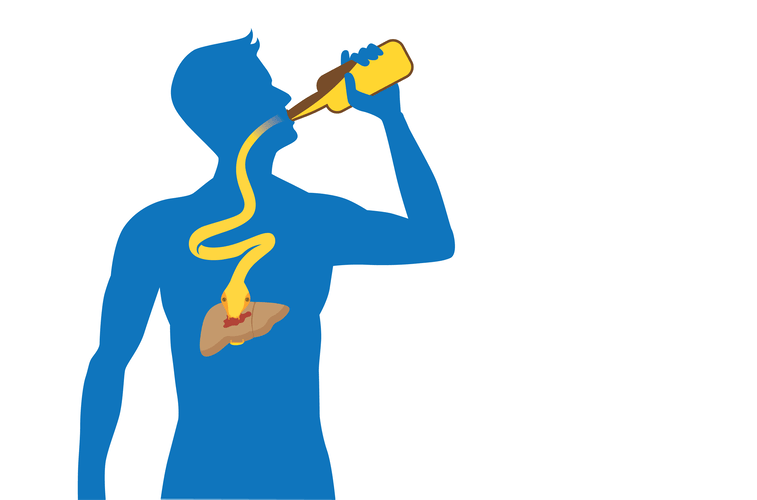As they fill the jar with these emotion-evoking items, they’ll remember positive moments in their lives and bring up good sentiments. “During the exercise, you saw the team members come together for problem-solving. Each person on the team took on a certain role and responsibility.

For example, you could ask about what the body of water might represent for them, or how sturdy and reliable their bridge is, and what it’s like to be where they are in the drawing. For this activity, clients are asked to think about a difficult art therapy for addiction ideas life transition. It can be something they have already gone through, something they are experiencing now, or something on the horizon. Next, clients are asked to draw a bridge across the page, drawing their bridge over a body of water.
Barriers to Recovery
Substance abuse can be extremely time-consuming. Once sober, many people find it difficult to fill all the hours they used to spend seeking and using drugs or alcohol. Denial is a characteristic of addiction. Many people lose touch with their true selves when their primary relationship is with drugs or alcohol.
While art therapy is most often used in treatment programs tailored to women, this therapeutic approach is appropriate for any age or gender. When used alongside evidence-based practices, it can help clients explore their feelings, handle stress, depression, and anxiety, and visualize themselves in a successful recovery. If you are not working with an art therapist, you can still use these art therapy activities for substance abuse on your own.
Find Creativity and Recovery at ECHO
Plus, many adults appreciate the way art allows for nonverbal communication and exploration of issues on a symbolic level. You don’t need special tools or a deep understanding of the arts to get started in an art therapy program for substance abuse disorders. To start art therapy and really have the program make a difference, patients need to be committed to getting clean and staying sober.
- In fact, most of the exercises do not rely on the end result that you create, but on the therapeutic effect of the ritual of the creative process itself.
- These people aren’t here to judge but can help you interpret what you’ve expressed, share their own artistic works, and more.
- Studies show that art has been proven to improve mood, reduce anxiety, decrease stress, and help with pain management.1 All of these may come into play with addiction recovery.
- These art therapy activities provide a helpful springboard for your work with adults.
Data were collected using face-to-face interviews with the administrator and/or clinical director of each treatment program. Interviews were conducted by a team of trained interviewers with at least a bachelor’s level of education. The final randomly selected sample resulted in 307 treatment programs, a response rate of 68% among eligible organizations. Art therapy isn’t designed to make you the next Picasso, but it can help you express yourself and learn more about who you are.
How Mood and Emotion Regulation Affect Substance Use Disorder
Through creative recovery art therapy, these individuals can safely communicate their tough experiences, feelings, and thoughts without using words. Once the timeline is completed, the patient is encouraged to write in a journal about the emotions inspired by this activity. The art therapist can also offer some general prompts, such as “Are there moments that inspire happiness?

Create unique drawings for the people you love the most. Show your gratitude by creating something for a loved one. Use a coloring book, or create your own drawings and outlines to color. You can turn a scribble into something beautiful with your creativity. Make lines, add color, and create a scribbled masterpiece. Get your hands messy and have a good time with finger painting, spreading the paint, creating shapes and blobs and anything that comes to mind.
creativetherapyideas
They are unaware of their emotions and those of others since they are not emotionally aware. They are likewise unable to verbalize their emotions. Through addiction recovery art, psychological concerns like stress, anxiety, depression, or trauma can be brought to light, and the weight they put on our development can be lessened. Those who suffer from drug or alcohol addiction frequently begin using the substances as a means of managing or enduring both physical and mental discomfort.
Colors Life Story art therapy ideas. Apply yellow on a sheet of paper, apply blue on top of it. So a new color was born, it’s green. The exercise develops sensory abilities and imagination.